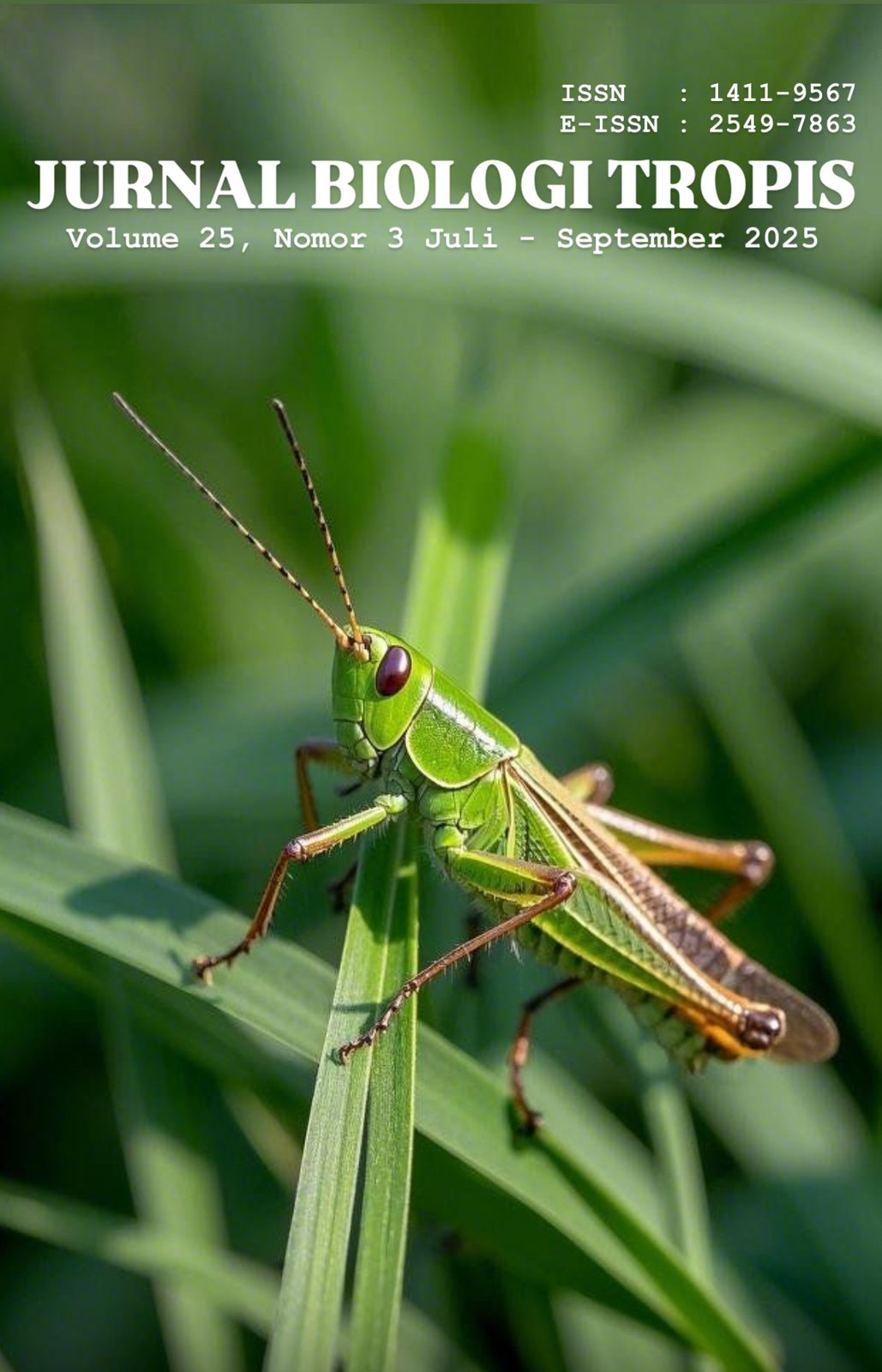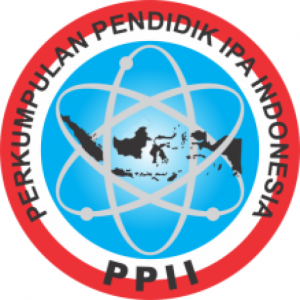Relationship Between Allergy and Chronic Rhinosinusitis
Authors
Munzir Munzir , Munir Delfitri , Rambe Yunita Murni AndrinaDOI:
10.29303/jbt.v25i3.9645Published:
2025-07-14Issue:
Vol. 25 No. 3 (2025): Juli-SeptemberKeywords:
CRS, allergy, igE, eosinophil, skin prick test.Articles
Downloads
How to Cite
Downloads
Metrics
Abstract
The role of allergy in chronic rhinosinusitis is still controversial. Numerous studies have demonstrated that atopy is highly prevalent in people with chronic rhinosinusitis (CRS), and that allergies may play a part in the pathogenesis of the condition. Allergy disorders, particularly those involving IgE-mediated in/flammation, are generally considered as triggering factors in the development of chronic rhinosinusitis or comorbidities/associated factors for the spread of chronic rhinosinusitis. The study aimed to determine the relationship between allergies and chronic rhinosinusitis. Observational analytical study with cross-sectional approach. 30 patients with symptoms of runny/blocked nose were examined. Allergy test, namely skin prick test, has been examined to categorize allergic and non-allergic patients. Total serum IgE and total eosinophil examination from blood were then categorized as increased and normal. The criteria for chronic rhinosinusitis are complaints of runny/blocked nose and facial pain and/or decreased sense of smell. Thirty patients (19 females and 11 males) aged 17 to 77 years were examined in this study. 19 patients were confirmed to have rhinosinusitis and 11 had rhinitis. The results of the analysis using the Chi Square test showed that there was no significant relationship between allergy, IgE, eosinophils, and chronic rhinosinusitis (p>0.05). There was no significant relationship between allergy, IgE, eosinophils with chronic rhinosinusitis.
References
AES. (2017). Chronic Rhinosinusitis: Time to Revise the Definition and Phenotypes. Austin Otolaryngol. 4(1):2473.
Asghari, M., Izadpanahi, S., & Esfahani, M. H. (2021). Comparison of blood and tissue eosinophil count and blood IgE in patients with chronic sinusitis and nasal polyps. Journal of Immunology Research, 2021(1), 6680676. 10.1155/2021/6680676
Bochner, B. S., & Stevens, W. W. (2020). Biology and function of eosinophils in chronic rhinosinusitis with or without nasal polyps. Allergy, asthma & immunology research, 13(1), 8. 10.4168/aair.2021.13.1.8
Brook, C. D., Kuperstock, J. E., Rubin, S. J., Ryan, M. W., & Platt, M. P. (2017). The association of allergic sensitization with radiographic sinus opacification. American journal of rhinology & allergy, 31(1), 12-15. 10.2500/ajra.2017.31.4394
Brüssow, H. (2017). Is chronic rhinosinusitis an infectious disease? Insights from a microbiota meta‐analysis. Environmental Microbiology, 19(4), 1359-1362.
De Corso, E., Lucidi, D., Cantone, E., Ottaviano, G., Di Cesare, T., Seccia, V., ... & Galli, J. (2020). Clinical evidence and biomarkers linking allergy and acute or chronic rhinosinusitis in children: a systematic review. Current allergy and asthma reports, 20(11), 68. 10.1007/s11882-020-00967-9
DelGaudio, J. M. (2020, July). Central compartment atopic disease: the missing link in the allergy and chronic rhinosinusitis with nasal polyps saga. In International Forum of Allergy & Rhinology (Vol. 10, No. 10, pp. 1191-1192). 10.1002/alr.22663
Esen, E., De Corso, E., & Scadding, G. K. (2020). Does allergy cause chronic rhinosinusitis with nasal polyps?. In Challenges in Rhinology (pp. 83-92). Cham: Springer International Publishing. 10.1007/978-3-030-50899-9_109
Fokkens, W. J., Lund, V. J., Hopkins, C., Hellings, P. W., Kern, R., Reitsma, S., ... & Witterick, I. (2020). European position paper on rhinosinusitis and nasal polyps 2020. Rhinology, 58(Suppl S29), I-+. https://doi.org/10.4193/Rhin20.600.
Giri, S., Schneider, A. L., & Tan, B. K. (2022). Chronic rhinosinusitis: future treatments and unmet needs. Journal of Allergy and Clinical Immunology, 150(2), 287-290. 10.1016/j.jaci.2022.05.01
Ho, J., Earls, P., & Harvey, R. J. (2020). Systemic biomarkers of eosinophilic chronic rhinosinusitis. Current Opinion in Allergy and Clinical Immunology, 20(1), 23-29.
Hussain, S. M. (Ed.). (2015). Logan Turner's Diseases of the Nose, Throat and Ear, Head and Neck Surgery. CRC press.
Kostova, P., Papochieva, V., Miteva, D., Georgieva, B., Mileva, S., Shahid, M., ... & Petrova, G. (2023). Elevated IgE levels—An allergy or an underlying inborn error of immunity in children with recurrent infections?. Antibodies, 12(4), 70.
Leru, P. M. (2019). Eosinophilic disorders: evaluation of current classification and diagnostic criteria, proposal of a practical diagnostic algorithm. Clinical and translational allergy, 9(1), 36. 10.1186/s13601-019-0277-4
Marcus, S., DelGaudio, J. M., Roland, L. T., & Wise, S. K. (2019). Chronic rhinosinusitis: does allergy play a role?. Medical Sciences, 7(2), 30.
Marcus, S., Roland, L. T., DelGaudio, J. M., & Wise, S. K. (2019). The relationship between allergy and chronic rhinosinusitis. Laryngoscope investigative otolaryngology, 4(1), 13-17.
Rao P DNK. (2020). Prospective Study on Assessment of Atopy by Serum IgE in Asthma & Rhinosinusitis. J Med Sci Clin Res, 08(04):285–91.
Sánchez, J., Álvarez, L., Bedoya, J., Peñaranda, D., Vanegas, G., Celis, C., ... & Peñaranda, A. (2024). Role of specific immunoglobulin-E in chronic rhinosinusitis: Its clinical relevance according to nasal challenge test. World Allergy Organization Journal, 17(10), 100953. https://linkinghub.elsevier.com/retrieve/pii/S193945512400084X
Sarma, N., & Khaund, G. (2023). Pattern of Allergen Sensitivity among Patients with Allergic Rhinosinusitis in North-East India. Annals of Indian Academy of Otorhinolaryngology Head and Neck Surgery, 7(1), 3-6.
Shen, Y., Zhang, N., Yang, Y., Hong, S., & Bachert, C. (2022). Local immunoglobulin E in nasal polyps: role and modulation. Frontiers in Immunology, 13, 961503.
Siddiqui, Z., Tahiri, M., Gupta, A., Nam, R. H. K., & Rachmanidou, A. (2021). The management of paediatric rhinosinusitis. International Journal of Pediatric Otorhinolaryngology, 147, 110786. https://doi.org/10.1016/j.ijporl.2021.110786
Suresh, A., Cheruvu, S. C., Lakshmanasamy, H., & Sunitha, M. (2024). Hassa n RFM. A study on neutrophilic versus eosinophilic predominance in chroni c rhinosinusitis patients. J Med Sci Res, 12(3), 189-194. 10.17727/JMSR.2024/12-36
Tantilipikorn, P., Sompornrattanaphan, M., Suwanwech, T., & Ngaotepprutaram, P. (2020). Chronic rhinosinusitis and allergy: increased allergen sensitization versus real allergic rhinitis multimorbidity: a systematic review. Current Allergy and Asthma Reports, 20(7), 19. 10.1007/s11882-020-00913-96
Tint, D., Kubala, S., & Toskala, E. (2016). Risk factors and comorbidities in chronic rhinosinusitis. Current allergy and asthma reports, 16(2), 16. 10.1007/s11882-015-0589-y
Tjahjono, F. A., Kristyono, I., & Baskoro, A. (2020). Correlation between allergic rhinitis and rhinosinusitis in ENT outpatient clinic patients. Headache, 45, 69-23.
Vlaminck, S., Acke, F., Scadding, G. K., Lambrecht, B. N., & Gevaert, P. (2021). Pathophysiological and clinical aspects of chronic rhinosinusitis: current concepts. Frontiers in Allergy, 2, 741788. https://doi.org/10.3389/falgy.2021.741788
Williams, K. W., Milner, J. D., & Freeman, A. F. (2015). Eosinophilia associated with disorders of immune deficiency or immune dysregulation. Immunology and allergy clinics of North America, 35(3), 523. 10.1016/j.iac.2015.05.004
Williams, K. W., Milner, J. D., & Freeman, A. F. (2015). Eosinophilia associated with disorders of immune deficiency or immune dysregulation. Immunology and allergy clinics of North America, 35(3), 523.
License
Copyright (c) 2025 Munzir Munzir, Munir Delfitri, Rambe Yunita Murni Andrina

This work is licensed under a Creative Commons Attribution 4.0 International License.

Jurnal Biologi Tropis is licensed under a Creative Commons Attribution 4.0 International License.
The copyright of the received article shall be assigned to the author as the owner of the paper. The intended copyright includes the right to publish the article in various forms (including reprints). The journal maintains the publishing rights to the published articles.
Authors are permitted to disseminate published articles by sharing the link/DOI of the article at the journal. Authors are allowed to use their articles for any legal purposes deemed necessary without written permission from the journal with an acknowledgment of initial publication to this journal.


























